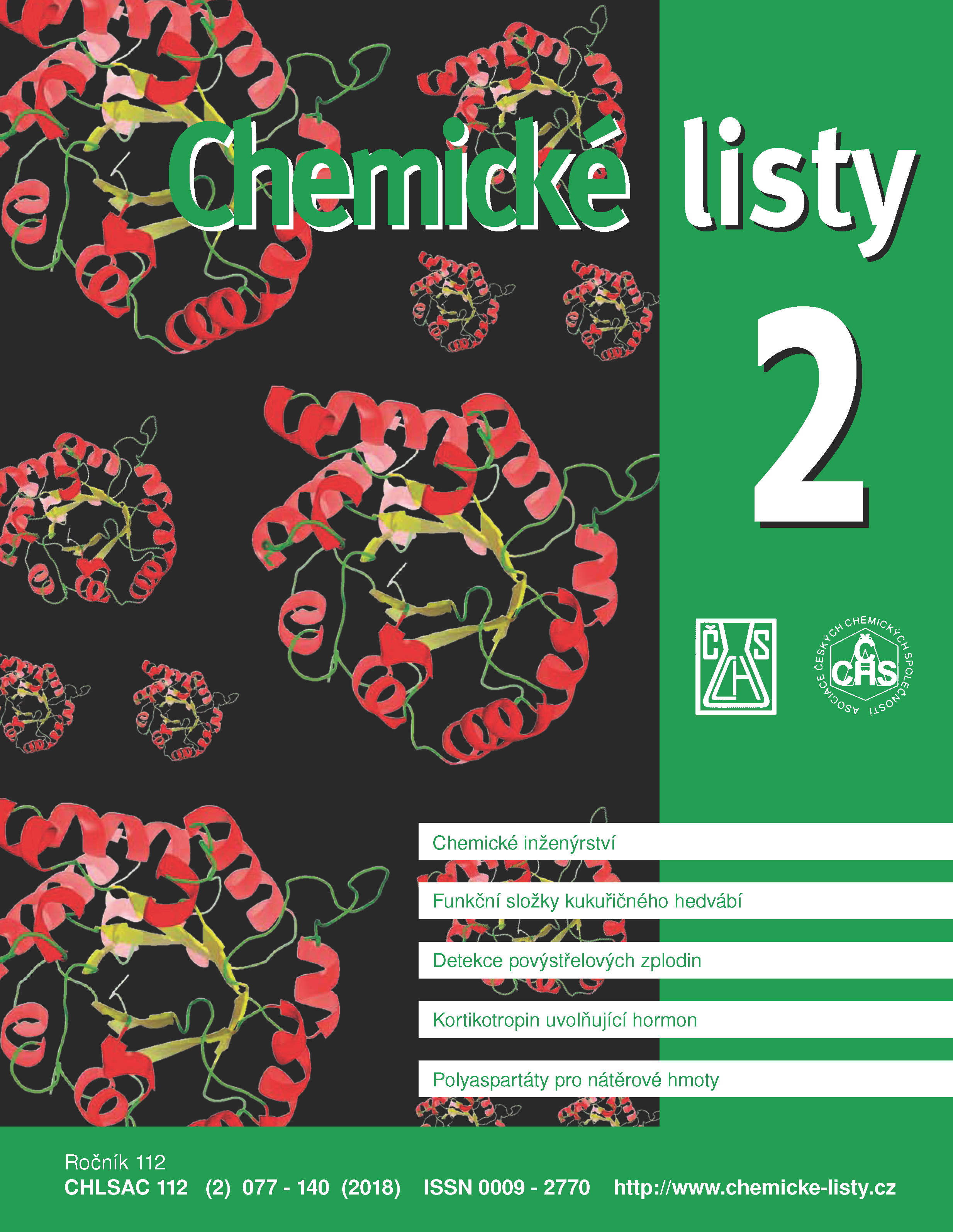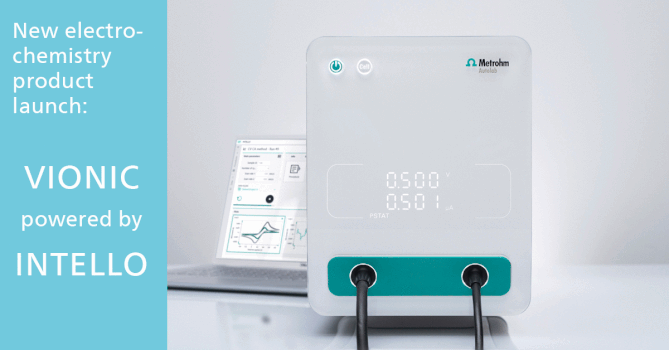Application of Mössbauer Spectrometry in the Study of Iron Polymorph Compounds
Keywords:
iron polymorphs, iron oxides, Mössbauer spectrometry, corrosionAbstract
Mössbauer spectrometry is the most widely used method for characterization of properties of polymorphic phases of iron oxides. In these compounds, iron occurs mostly in the oxidation state +3. Based on the parameters as isomer shift, quadrupole splitting and hyperfine field, this method is able to determine the chemical form and crystalline arrangement of various iron polymorphs. The most stable forms are goethite (α-FeOOH) and hematite (α‑Fe2O3). Study of transformations of other forms into these most stable ones is important because these materials are frequently used as construction materials under temperature and/or chemically exposed conditions during their use in chemical or biological environment because these polymorphs have very wide application possibilities across the entire spectrum of scientific disciplines.





